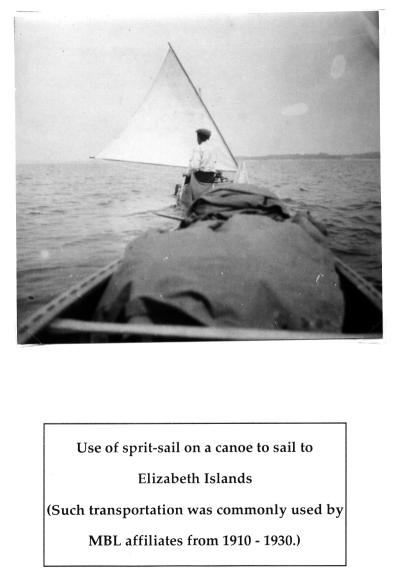Filtering by
- Creators: Marine Biological Laboratory Archives
In an effort to address the lack of literature in on-campus active travel, this study aims to investigate the following primary questions:<br/>• What are the modes that students use to travel on campus?<br/>• What are the motivations that underlie the mode choice of students on campus?<br/>My first stage of research involved a series of qualitative investigations. I held one-on-one virtual interviews with students in which I asked them questions about the mode they use and why they feel that their chosen mode works best for them. These interviews served two functions. First, they provided me with insight into the various motivations underlying student mode choice. Second, they provided me with an indication of what explanatory variables should be included in a model of mode choice on campus.<br/>The first half of the research project informed a quantitative survey that was released via the Honors Digest to attract student respondents. Data was gathered on travel behavior as well as relevant explanatory variables.<br/>My analysis involved developing a logit model to predict student mode choice on campus and presenting the model estimation in conjunction with a discussion of student travel motivations based on the qualitative interviews. I use this information to make a recommendation on how campus infrastructure could be modified to better support the needs of the student population.








